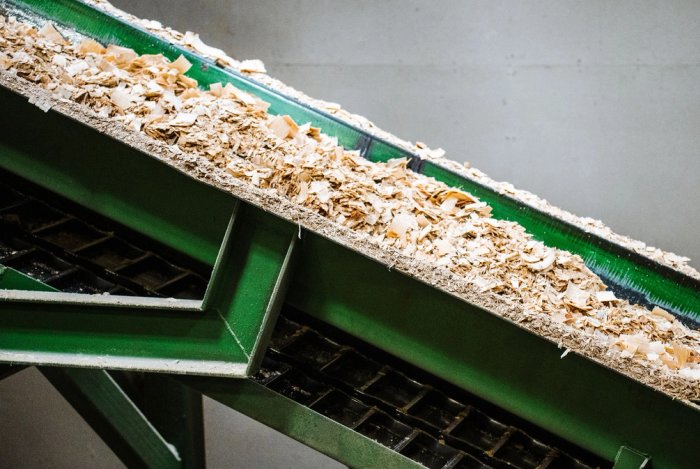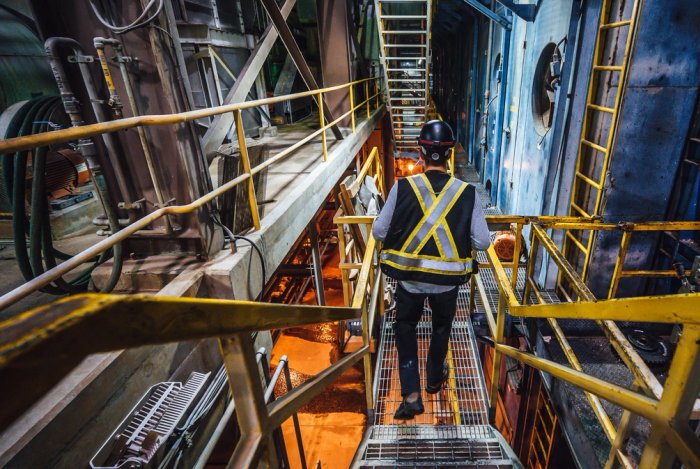

Climate Change
Pursuing a net-zero future.
We will become a net-zero company by 2050 through advancing climate-smart forest management, producing sustainable forest products and developing impactful partnerships.
Our approach.
In 2021, Canfor set a climate change goal to become net-zero by 2050. Our targets have been validated by the Science Based Targets initiative (SBTi). This means that our targeted reductions are in line with the Paris Agreement, which aims to limit global warming to 1.5°C above pre-industrial levels.
Our near-term science-based climate change targets are:
- Reduce absolute scope 1 and 2 GHG emissions by 42% by 2030 from a 2020 base year
- Reduce absolute scope 3 GHG emissions¹ by 25% by 2030 from a 2022 base year
¹Our scope 3 emissions near-term target covers more than 67% of our overall emissions within the material categories; these are purchased goods and services, fuel- and energy-related activities, upstream transportation and distribution, processing of sold products and end-of-life treatment of sold products. The targets only include energy and industrial emissions; Forest, Land and Agriculture (FLAG) emissions have been excluded. We will include these emissions in a FLAG target once a pathway for timber and wood fibre is available.
To achieve this goal, we developed a Climate Change Strategy by engaging with stakeholders across our global operations. This strategy supports our targets and is integrated throughout all areas of our business.
It includes five strategic focus areas to help us progress toward our targets:
Culture of climate innovation.
By developing a culture of climate innovation across all areas of our business, we will empower our employees to make the necessary changes to achieve our climate goal.
Climate-smart forest stewardship.
We will build on our existing work in sustainable forest management by collaborating with Indigenous partners, using a science-based approach and considering the local context of our regions.
Industry-leading operations.
By applying known and innovative technologies and processes, we will reduce carbon emissions from manufacturing and improve climate resilience in our operations.
Low-carbon solutions.
We will explore additional opportunities for low-carbon forest products through mass timber, biofuels, biochemicals and other biomaterials.
Partnerships for climate action.
We will build on our strategic and mutually beneficial partnerships with vendors, customers, investors and other collaborators to achieve maximum carbon reduction benefits.
Our Reports:
Methodology:
Scope 1 & 2 GHG inventory management plan
Base year reports:
2022 Scope 3 GHG emissions base year report
2020 Scope 1 & 2 GHG emissions base year report
Annual GHG inventories:
See our 2024 Sustainability Report for our latest Scope 1, 2, 3 emissions.
See our archived Sustainability Reports.

